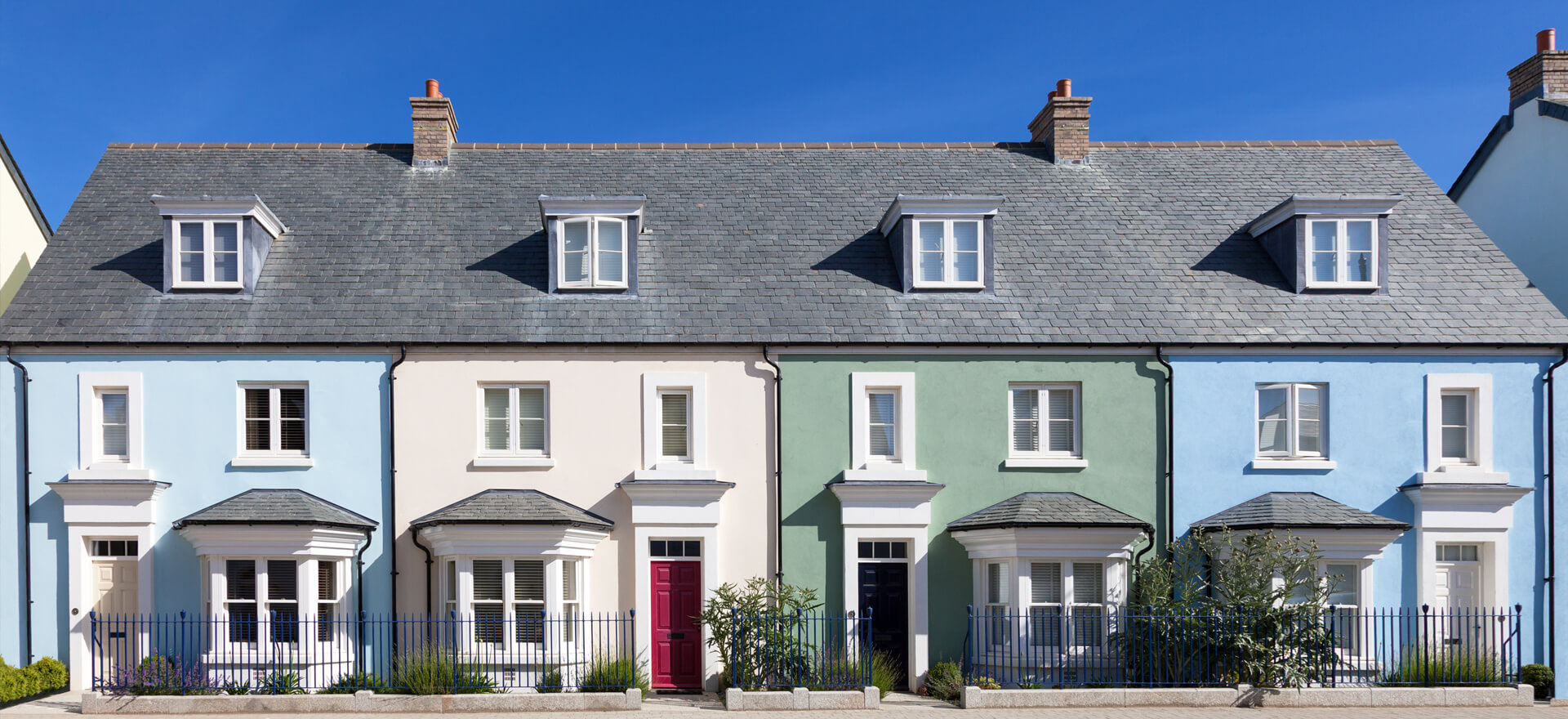
Investing
What to consider when buying a listed property
Owning a listed property, for some, is a lifelong personal goal. With over 370,000 listed properties in England1, listed properties provide their owners an exciting opportunity to live in a piece of history.
Listed properties come in all shapes and sizes and they all have their own unique quirks and attributes (that is what makes them so appealing, after all). But as many listed property owners would probably attest, owning one is a labour of love and possibly one that is more rewarding emotionally than financially.
From planning, mortgages, buildings insurance, to conservation, the process of purchasing and upkeeping one of these historic and architectural significant properties comes with a wide range of complexities, making it a true labour of love.
For those considering buying or renovating a listed property, there are a few things you should think about beforehand. Here are a few useful tips to help you on your way.
Understand the different listed building gradings:
There are three different gradings for listed properties in the UK – grade II, II* or I. Each grade comes with a different level of legal protection and restrictions.
- Grade I buildings are of exceptional interest – only around 2.5% of listed buildings are Grade I
- Grade II* buildings are particularly important buildings of more than special interest – around 5.8% of listed buildings are Grade II*
- Grade II buildings are of special interest – around 91.7% of all listed buildings are in this class and it is the most likely grade of listing for a homeowner2
Speak to someone who understands listed properties
Speaking to an individual expert or an organisation such as The Listed Property Owners Club is a useful way of gaining an insight into what is actually involved in buying a listed property. Although all properties are different, the restrictions are similar and it’s always helpful to hear first-hand from someone who has been through it before and knows all about the potential pitfalls.
Consider your mortgage options
Securing a mortgage on a listed property isn’t necessarily difficult, but it’s likely a lender will require a thorough understanding of the property itself before they can consider mortgage options. Factors such as whether the property is Grade I or Grade II listed, its structure, condition, and any restrictive covenants play a crucial role. Always do your research on the property and speak to a lending specialist who will be able to guide you through the process of applying for a mortgage.
Research the regulations and restrictions
One of the biggest challenges of owning a listed property is understanding the range of regulations and restrictions imposed by heritage and conservation authorities. Any alterations, repairs, or restorations need to adhere to strict guidelines to preserve the property’s historical integrity, which is why it’s important to do your research as early into the process as possible to avoid any unexpected barriers or costs. Bear in mind also, that conservation officers at local authorities may have quite subjective views and different opinions, particularly in respect of restoring historic buildings.
Be prepared to invest time and money
Listed properties vary widely in shape, style, but also in price. Beyond the initial purchase, maintaining the property can be both a labour of love and a significant financial and emotional investment. Planning for future home expenses and renovations is important for listed property owners which is why we highly recommend establishing a solid wealth plan to provide the guidance and peace of mind needed to focus on owning your own piece of British history.
Overall, owning a listed property is undoubtably a unique and rewarding experience, but it comes with its own set of challenges and responsibilities. From understanding the different gradings and securing the right mortgage to navigating regulations and planning for ongoing maintenance, the process requires careful consideration and preparation. However, by taking the time to research and plan, you can ensure that your investment is both emotionally fulfilling and financially comfortable. With the right support and a wealth plan that takes into account your financial situation now, and into the future, you can enjoy the privilege of preserving and cherishing a piece of British heritage for years to come.
1What are Listed Buildings? How England’s historic buildings are protected | Historic England
2What are Listed Buildings? How England’s historic buildings are protected | Historic England
Author

Chiraag Patel
Head of Credit Specialists , London
Chiraag joined the team in 2021 with responsibility for Nedbank Private Wealth’s lending proposition in the UK. His primary role is to support clients’ borrowing requirements, as well as help clients who have been introduced by mortgage brokers and other property intermediaries.
With 18 years’ experience as an adviser in the property teams of financial services firms, with an emphasis on serving the high net worth market, Chiraag’s previous roles include time as a credit specialist at Santander Private Banking and Barclays.
He holds a Certificate in Mortgage Advice and Practice (CeMAP) and graduated from the Queen Mary University of London with a BSc (Hons).
RELATED NEWS
You may also be interested in the following Insights
Sign up for our updates
Stay up to date with the latest news, insights, and opinions from Nedbank Private Wealth by signing up to our newsletter. You can also register to be invited to our virtual events and hear directly from a wide range of experts. Sign up below. You can unsubscribe at any time.













